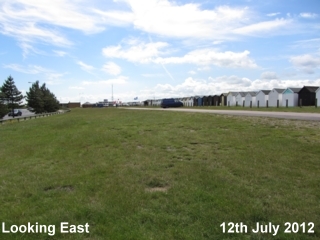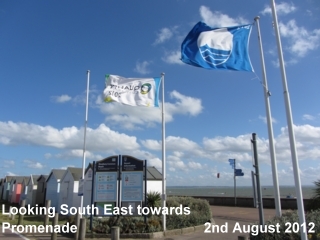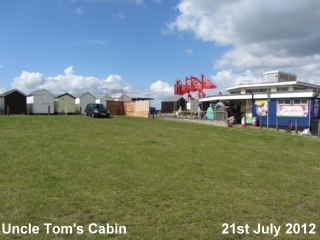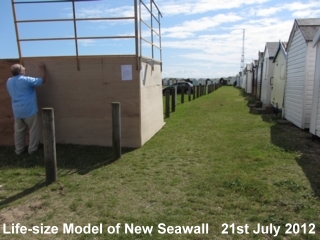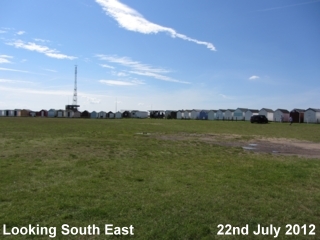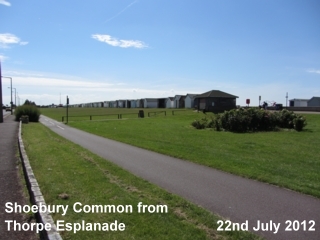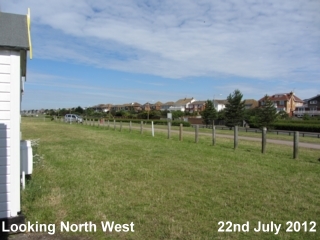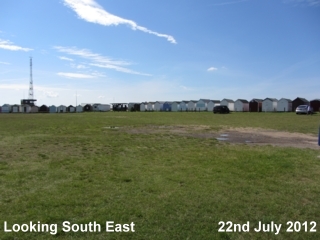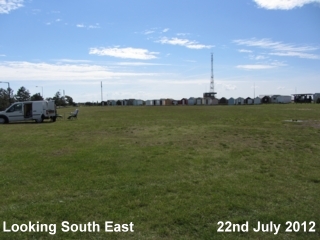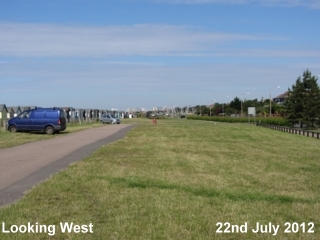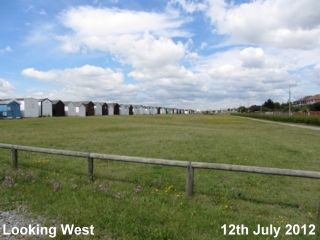

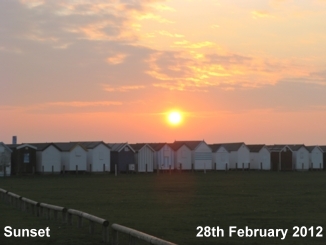
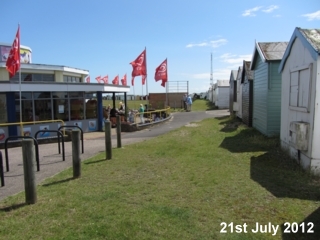
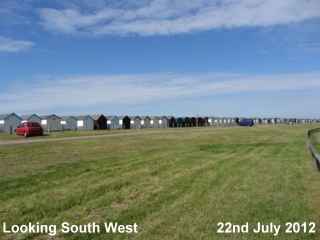

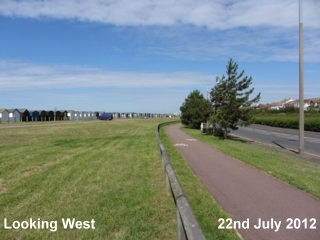

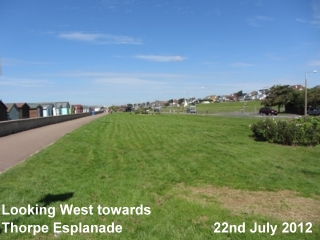

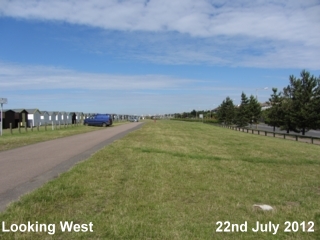
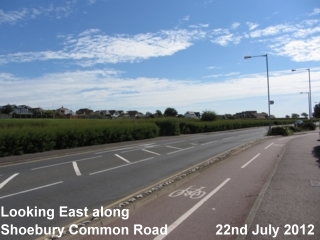
The BERA SchemeManaging the Coastline through Natural ProcessesAs described in letter dated 23rd May 2013 from Councillor Ron Woodley, Chairman of the Burges Estate Residents' Association to Mr Andrew Lewis, Corporate Director for Place, Southend on Sea Borough Council. Shoebury Common Proposed Flood DefenceDear Sir, I write on behalf of the Burges Estate Residents Association. We represent 1000 households on the Burges Estate, Thorpe and surrounding area. Therefore this is a collective response to the above proposal. The committee have attended the public meetings and viewed the proposal in Thorpedene Library and have instructed me as chairman to write and object to these plans, I will deal with this in a number of parts. ∑ Finally in this part of my appraisal of the Councils planned proposal, I believe the Council will be failing in its duty; ∑ Having raised the associationís objection to the Councilís current proposals we are now in a position to formulate our own preferred option. I will point out that we have sought advice from numerous people and concerned residents and our own advisors. It is the associationsí belief that the best way forward to preserve the shoreline in the area of Shoebury Common and Thorpe Bay is to seek to manage the shoreline through natural processes; this will include in part an off-shore defence to protect the current hard defence line from wave pressure. Having examined the area closely, it is the opinion of the Burges Estate Residents Association that the foundations of the existing sea-wall are more substantive and robust that at first realised by the council officers and as such could be raised by 300mm without causing further strain on the foundations as the weight load will be evenly spread over the extreme distance of the current defence wall. It is also apparent that it is necessary to re-charge the beach, because in failing to do so would cause undermining of the current sea-wall from Shoebury Common Promenade going west towards the Thorpe Bay Yacht Club. Therefore the councils own preferred option of strapping a new wall to the existing wall would be undermined anyway without this re-charge taking place. Therefore we recommend that wooden groins should be put in place/repaired where necessary at approximately every 50 metres from the yacht club to the slip way at Shoebury Common coast guard station to enable a re-charge to take place and these groins to extend some 50 metres out from the shore to help hold the re-charged beach in place. As an additional precaution to wave pressure, the recommendation is to place a concrete/bolder groin at Shoebury Common slip way in a crescent form and at a height that is deemed sufficient to take the wave pressure away from the current sea-wall. This will also aid in the retention of the re-charged beach. The slip way at Shoebury Common to be raised in height equal to the new height of the sea-wall with a table type top and then slope back to the road. The above recommendations are not required to be done at the same time, but of course the groins and beach re-charge are paramount in protecting the foundations of the sea-wall and the wall itself and on that basis should have priority. The other measures to be undertaken as and when required by the rising sea levels. It must be understood by the council which has aspirations of being a city of culture that the beach and foreshore is part of the natural culture of Southend-on-Sea and as such is also part of the townís heritage. To abandon this part of the townís foreshore to the sea will be neglecting its duty of care to the residents of the town. Finally, while inspecting these defences it seems in our opinion that the greatest risk to flooding at this point in time is the lack of maintenance to the groins around the Garrison site unless these are repaired/maintained then the foundations of the sea-wall at the Garrison point will become undermined by wave pressure in the future. Our understanding is that this has already occurred close to the officerís mess. In conclusion, The Southend-on-Sea seafront has important recreational and tourism value with attractions including the beach, therefore to effectively put in place a proposal that will in time destroy the very thing the council in its cultural policies has identified as the future for the town is committing economic suicide and the council must take a more pro-active approach to the need in protecting these resources. It is clearly obvious that cost should not enter into the councils thinking and policies when it comes to the protection of our sea-front. There is a growing resentment by residents of the councilís preferred options and as such should realise that it is there to serve the views of the residents, not the other way around. Ron Woodley Chairman Burges Estate Residents Association
In an email dated 11th October 2013, Natural England detailed its objection to this scheme, saying it would be likely to result in a significant effect upon protected sites: the Benfleet and Southend SSSI, SPA and Ramsar Site. However, when presenting the scheme Southend Borough Council had made alterations to the original, extending the long rock breakwater to 300m. A scheme similar to the BERA scheme is being adopted at Felixstowe, also a protected SSSI Site.
|
